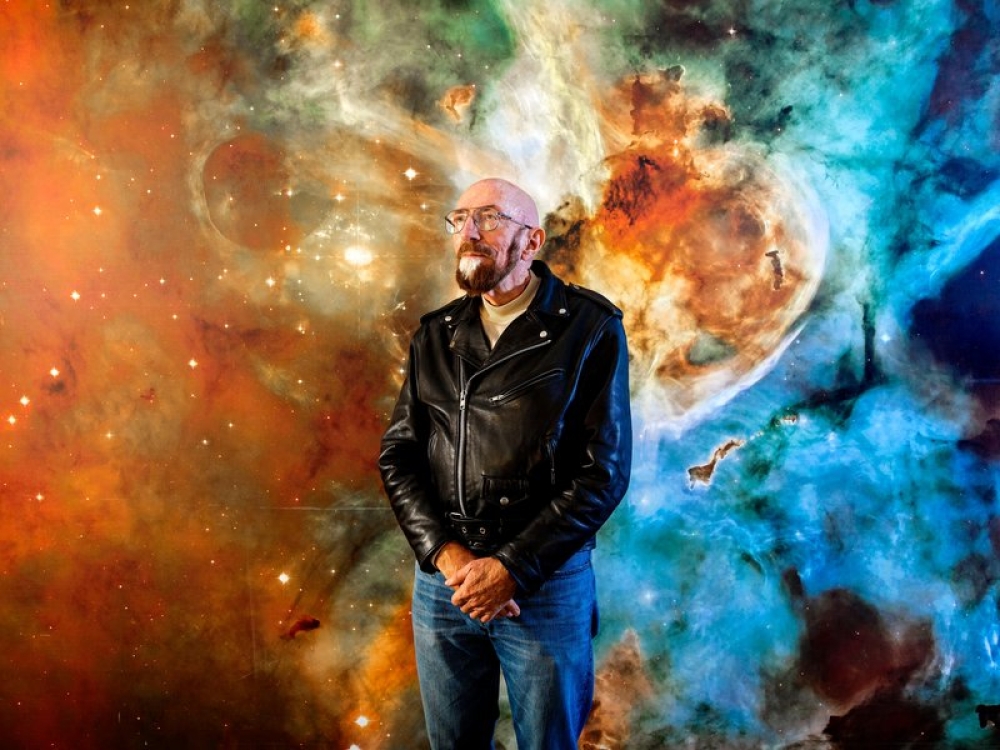The Detection of Gravitational Waves Was a Scientific Breakthrough, but What’s Next?

Scientists are sitting on top of the world after this monumental discovery and are eager to keep exploring the universe
More than a billion years ago, in a galaxy far, far away, two black holes executed the final steps in a fast-footed pas de deux, concluding with a final embrace so violent it released more energy than the combined output of every star in every galaxy in the observable universe. Yet, unlike starlight, the energy was dark, being carried by the invisible force of gravity. On September 14, 2015, at 5:51 a.m. Eastern Daylight Time, a fragment of that energy, in the form of a “gravitational wave,” reached Earth, reduced by its vast transit across space and time to a mere whisper of its thunderous beginning
As far as we know, Earth has been bathed in this type of gravitational disturbance before. Frequently. The difference this time is that two stupendously precise detectors, one in Livingston, Louisiana, and the other in Hanford, Washington, were standing at the ready. When the gravitational wave rolled by, it tickled the detectors, providing the unmistakable signature of colliding black holes on the other side of the universe and marking the beginning of a new chapter in humankind’s exploration of the cosmos.